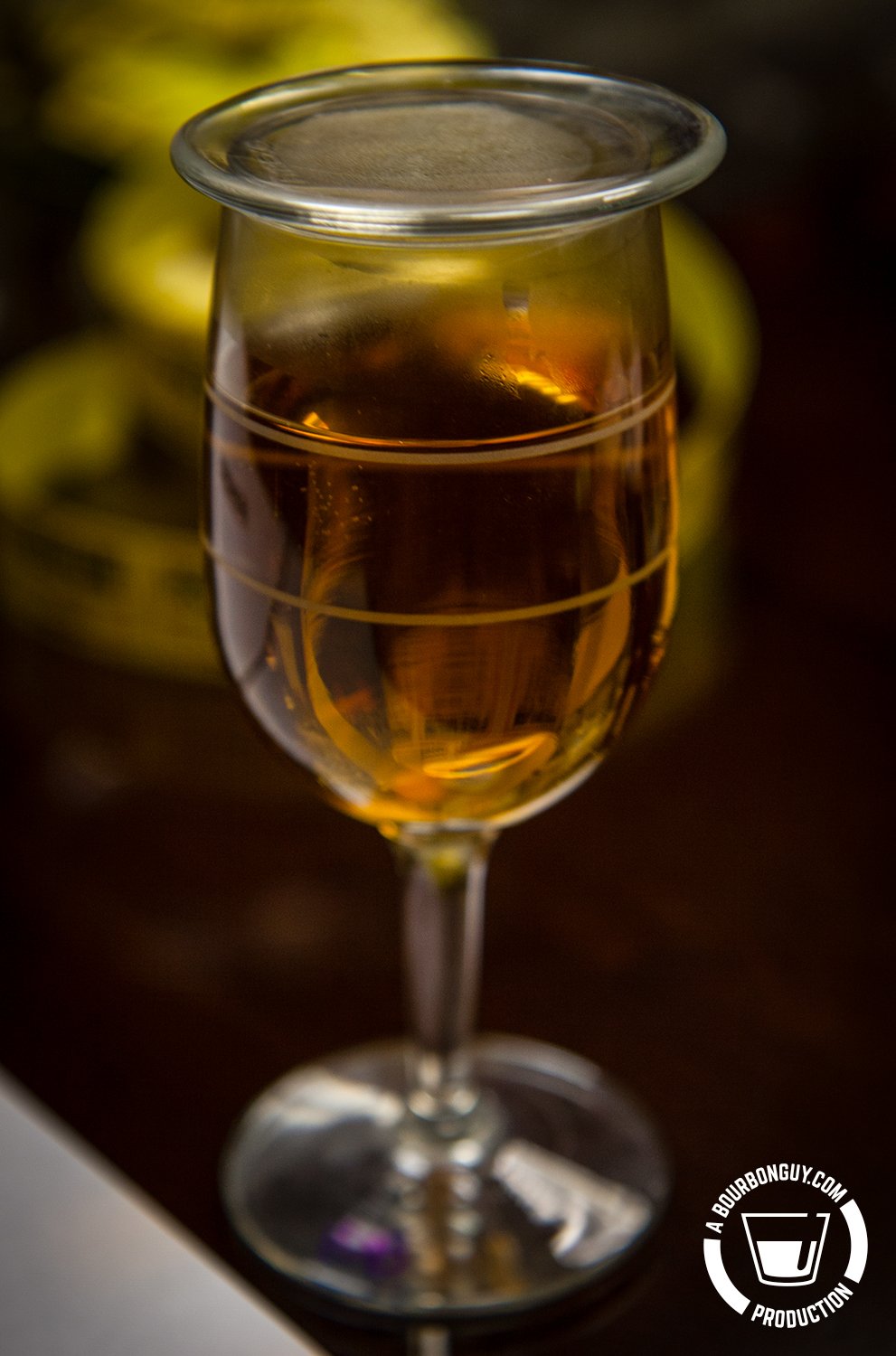Never fear, folks. I am on the mend. But as recently as yesterday, I still had some majorly F’d-up taste buds. And so we take another stroll through the last decade of articles and reviews to find something interesting and informative that you might not have read before. If you were around in 2017, rest assured knowing that new content is coming Thursday. Provided that nothing weird happens in the meantime.
It's not unusual for people to send me an email me with questions about how they can get started on their bourbon journey. Often, they've dabbled, but are looking to get more serious.
With Bourbon, there are a surprisingly significant number of flavor profiles on the shelf. It's weird. Almost all bourbon is made with the same three or four ingredients: corn, barley, and rye or wheat. And yet, the flavors produced range from floral and fruity to spicy and dry with an entire library of flavors in between.
I'd say that the quickest way to find out what you like is to try different things. But don't jump straight to the top shelf and only buy barrel-strength bourbons with age statements in the double digits. Don't get me wrong. These are probably very fine bourbons. But I wouldn't start there. First, they are expensive. And if the goal is to try as many as you can, it is helpful if you don't have to miss a mortgage payment to do so. Secondly, if you were to take a big swig of George T Stagg unknowingly, you are probably going to sputter and choke and possibly decide that bourbon is not for you.
So, what to do? Well since bourbon has so many flavor profiles, I think that the best idea is to run to the store or your local bar and try some of the delicious, yet affordable offerings out there that show off these distinct flavor profiles. And yes, I've compiled you a shopping list.
Maker's Mark
Due to being owned by one of the largest bourbon producers in the country, this red-headed darling is available at almost every liquor store and bar you'll come across. Made with wheat as its flavoring grain, Maker's Mark is a sweet and soft bourbon. It shows caramel, custard, fruit, and baking spice. It's inexpensive, ubiquitous, and very tasty. This is a great bourbon for trying to decide if you like sweeter bourbon flavors.
1792 Small Batch Bourbon
Produced by the Barton 1792 distillery in Bardstown, KY, this bourbon is a great example of a dry bourbon. Dry bourbon is a little different than dry wine, but it follows some of the same ideas. Namely, that sweetness is not the major flavor component. All bourbon is sweet, to an extent, but I find this bourbon brings a lot more peppery heat to the party. It feels like it evaporates in the back of your throat. This is a good one to see if you like drier bourbons and peppery spiciness.
Buffalo Trace
When speaking of bourbon, spice can mean two different things. It can mean spicy like the heat of a red pepper or it can mean spicy like the ground spices you put in cookies. In the case of Buffalo Trace, we are talking about the latter. Buffalo Trace bourbon leads with cinnamon and nutmeg flavors before adding in maple and custard flavors. Buffalo Trace is the perfect bourbon to see if you like bourbons that feature baking spice as their main flavor component.
Four Roses Small Batch
Most of the time, floral flavors are a by-product of the yeast used for fermentation. Along with carbon dioxide and ethanol, these little guys create flavor compounds that, if treated nicely, survive through distillation and maturation. Four Roses Small Batch Bourbon is a perfect example of a floral bourbon. Floral and fruity notes start at the nose, mix with sweetness and spice in the mouth and hang around into the finish. If you want to know if you like floral and fruity bourbons, try Four Roses Small Batch.
Wild Turkey 101
At six to eight years old, Wild Turkey 101 is a good example of what some extra time spent in the barrel can bring you. It is filled with the flavors of sweet caramel, ginger, and oak. Think you don't like the taste of oak? Remember that 100 percent of the color and more than 50 percent of the flavor of a bourbon come from the oak barrel it is stored in. Wild Turkey is a complex, yet inexpensive bourbon, and it is a good choice to see if you like oakier bourbons.
So there you have it. Five bourbons to get you on your way. After you identify what you like and what you don't like about each bourbon, then you can start expanding your horizons. And of course, it goes without saying that you should be taking notes along the way. After you've been at it for a while go back and revisit some of the ones you tried early on to see how your palate has changed. I think you'll be surprised to find out that you now like some of the ones you didn't previously or that you don't care for some of those you thought were favorites.
Did you enjoy this post? If you want to support the work going on here at BourbonGuy.com, please consider a one-time donation at ko-fi.com/bourbonguy or paypal.me/BourbonGuy. Or you could buy some merch (tasting journals, stickers, pins, posters, and more) at BourbonGuyGifts.com.










